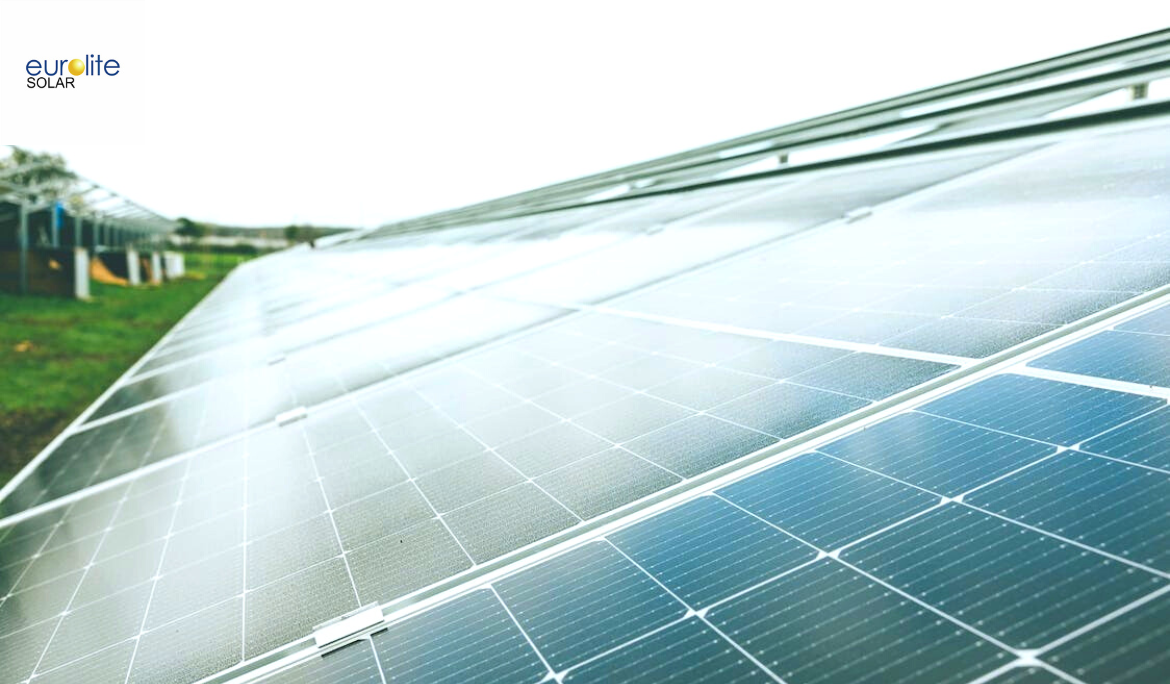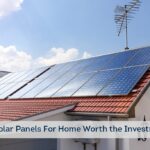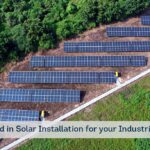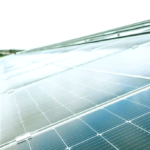Solar panels work best when they are exposed to direct sunlight. To get the most out of your photovoltaic unit, attempt to put your solar power system with your photovoltaic panels right beneath the noontime sun.
Remove any sunlight barriers before solar panel installation. Clear your solar unit of all unneeded impediments and objects, such as branches, that might block sunlight. Additionally, you should follow the course of the sun in the sky to make sure nothing will block your solar photovoltaic panels with a shadow.
Step-by-step guide on solar panel installation:
The Panel Face Direction
Make sure the mounting structure is strong and securely secured to the roofs of your home or place of business because it serves as the foundation for the complete solar system.
The direction in which the solar panels get installed affects how well they work. Since they receive the most sunshine in this direction, solar panels work best when they are facing south.
Put Together Solar Panels
We’ll attach solar modules to the structure once it has been precisely fastened. To make the solar structure suitably secure and long-lasting, we must make sure that all of the solar modules’ nuts and bolts get fastened to the solar structure.
The Electrical Wiring
Only a small percentage of contemporary solar modules have wire leads with MC4 connections on the ends; otherwise, they come with a built-in junction box at the rear with wires protruding from it. The positive wire from one unit must be connected to the negative wire from another module in a series connection. You link the positive-to-positive leads and the negative-to-negative leads in a parallel connection.
The Panel & Inverter Connection
Connect the positive solar panel wire to the positive inverter connector and the negative solar panel cable to the negative inverter terminal.
There are more connections, such as the output wire connection with the inverter and the battery wire connection. In order to generate power, a solar inverter gets linked to a solar panel, solar battery, and grid input.
The Grid and Inverter Connection
We must install a metering device in order to determine the surplus energy generated by the solar system. The positive wire from the metering device must get connected to the line terminal, and the negative wire must get connected to the inverter’s neutral terminal.
Start the Solar Inverter Using the Grid and Solar Panels
We turn on the mains once all of the connections are complete. The amount of solar energy produced overall during the day, the supply voltage and current (amp) from the solar panel, and other information get displayed on a digital display. Your solar panel installation is done!
Different Solar Panel Mount Types
Photovoltaic panels get installed using solar panel mounts. There are three basic categories of these mounts: flush mounts, roof-ground mounts, and pole mounts.
Why choose our solutions?
You may put your solar panel on your roof, an RV, a rooftop, or the side of a pole with the use of these mounts. Even installing them as a standalone device is an option. A solar power system will eventually be advantageous for most residences. In Vadodara, India, we at Eurolite Solar provide comprehensive services for both rooftop and ground-based solar systems. To learn more, get in touch with us.




